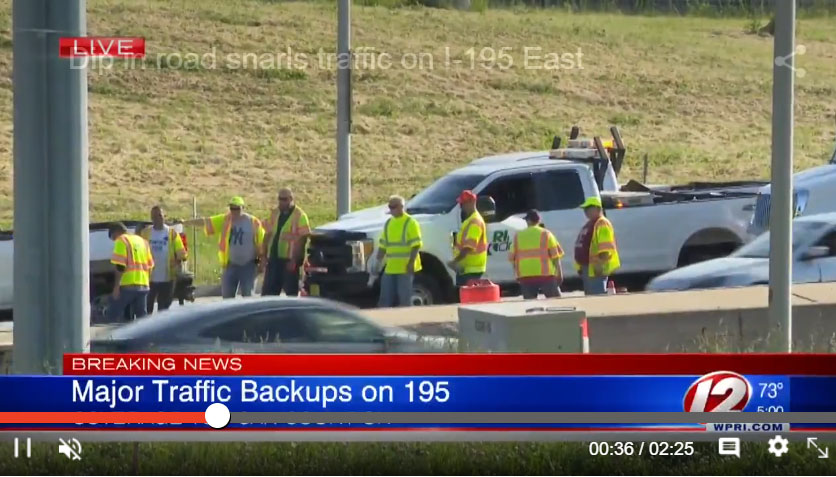Parks and Beaches: Another Investment We’re Already Making
Along with her budget’s request to increase fees for beaches and Rhode Island parks, Democrat Governor Gina Raimondo is rolling out the usual message about “investing” in our state:
“Our beaches and parks are such a special part of who we are as Rhode Islanders, and we need to preserve them for future generations,” said Governor Gina M. Raimondo. “The study DEM commissioned recently makes clear that we’re not doing enough now. It’s critical that we commit to long-term investments in our parks and beaches. Let’s make sure our kids have the same opportunities that we did.”
The study noted that Rhode Island exhibits high park use and low investment compared with the rest of the nation – ranking 1st in visits per park acre but 47th in state spending per visit. The study calls on the State to make a strategic, sustained, long-term investment to increase the self-sufficiency and economic potential of the park system, protect infrastructure, enhance programs, and bolster operations and staffing.
The missing statistic in that summary is anything gauging Rhode Island’s tax burden. Especially in the messaging of our current governor, everything is an “investment.” The problem is that we’re already making those investments. We’re just not getting much for them, whether in terms of infrastructure, economic development, or education.
Another budgetary favorite of Raimondo’s emphasizes the point: budget scoops. When the governor’s office makes a regular practice of “scooping up” money from restricted funds, which are often driven by fees of one sort of another, it sends the message that it’s all really about finding new sources of revenue.
In other words, she’s actually looking for investments in more of the same old insider deals that have drained money away from things Rhode Islanders actually value.


